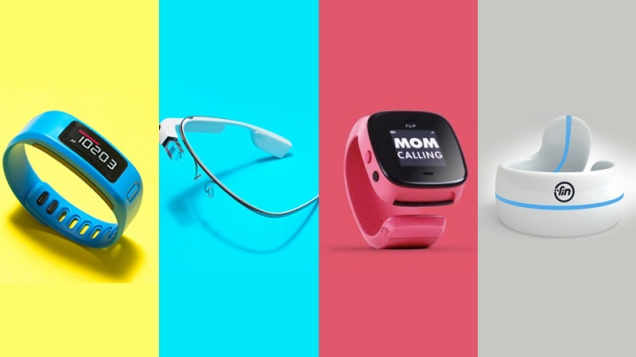
At the beginning of 2016, wearables considered as one of the most promising technologies and expected to grow immensely throughout the year. During CES 2016, that held in January, wearables were show stoppers as many tech giants such as Samsung and Pebble, introduced their hi-tech hardware devices. The early success of Apple Watch and Fitbit fueled the prediction that the market will grow tremendously with the more powerful wearable devices.
Unfortunately, the wearable market failed to achieve the estimated hype and began to show the sign of downturn during 2016. The disappointment continued when the CES 2017 ended up with the announcement of a couple of middling bands, two or three smartwatches and some partnerships. One of the causes for this situation is, the changing focus of the industry from wearables to the connected home. According to Gartner, another reason is people find the wearables useless and expensive.
Android Wear 2.0
Delayed release of the most awaited and exciting wearables such as Android Wear 2.0 also disappointed the market. It was expected to hit the market during the holiday season or at the biggest trade show, but it launched in February 2017. Well, everyone has big hopes from the launch of Google’s flagship smartwatches.
Market Condition
In October 2016, IDC released a report that the smartwatch shipments declined in the third quarter of the year that is 51.6% down compared to 2015. Moreover, eMarketer published a study in December 2016 which was representing the wearables are losing their charm. Specially smartwatches failed to impress consumers after a particular level.
Struggle of Leading Wearable Companies
Later on, misfortunes continued to happen to the industry as Fitbit’s stock lost its significant values, Microsoft and Motorola pulled back from the market due to poor demand of wearables, and Intel also laid off employees in its wearable division. For Jawbone, Fitbit claimed that the company was essentially bankrupt. Jawbone required funding and planned to move away from consumer facing devices.
On the other hand, Pebble who received an overwhelming user response for its devices at the very earliest phase was not able to achieve mass appeal afterward. The company announced to launch two smartwatches and a new mobile device, but they ended up delivering one of the three. Only Apple was able to maintain its credibility throughout the year with market’s uptick.
Future of Wearables
Late release of Android Wear 2.0 and Samsung’s Gear S3 had affected the wearable market negatively in 2016. But, now we have everything on the floor. So let’s hope for positive vibes. Uncertainties are still there. The upcoming time may bring more pains for the industry, drive new breakthrough innovations in wearables, or change the market trends.
It seems like the wearable industry is the victim of its own earlier success. The market is moving from novelty to ubiquity in no time. There are possibilities that the market has hit a saturation point. Even a few of us got rid of the smartwatches and fitness belts, and don’t use them anymore. Wearables work as gadgets and fitness products, but they are not so unique in the offerings. In fact, if we judge honestly, a smartphone contains almost all the features and functionalities that wearables offer to the users.
From the Android Wear, people are expecting something very unique and different that really add value to the users’ life. It should be a next generation hardware indeed to inspire other wearable product development companies. For example; focusing on health metrics, wearables can win the interest of users, and the big hardware companies have an efficient infrastructure to satisfy users’ expectations.
Wrap-up
Wearables need to adopt the under-promise and over-deliver approach to attract the users. The millennial owns too dynamic mindset. They know the fact that wearable products don’t change their habits overnight, so the wearable devices should be flexible enough to allow users to use the original product when it requires and then embed them into their clothes or smartwatch when they are not in use anymore.
Let’s hope the brighter future of wearables in 2017.
Intuz has proven excellence in smartwatch compatible app development. Technology is the passion of team Intuz, so we are always excited to explore, adapt, learn and implement the new wearable technologies. If you have a craving to get latest updates and essential transformation of IT, mobile and cloud industry, don’t miss to visit our blogs.
One thought on “The Wearables Need to Amp Up Their Game in this Not-So-Good-Time”